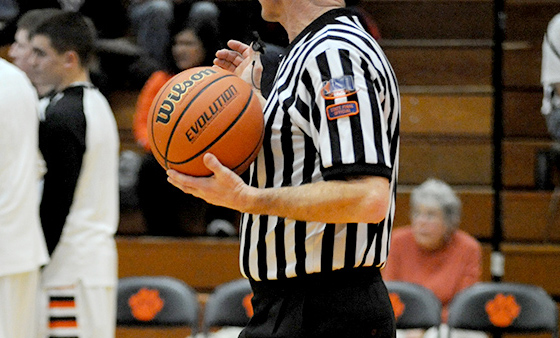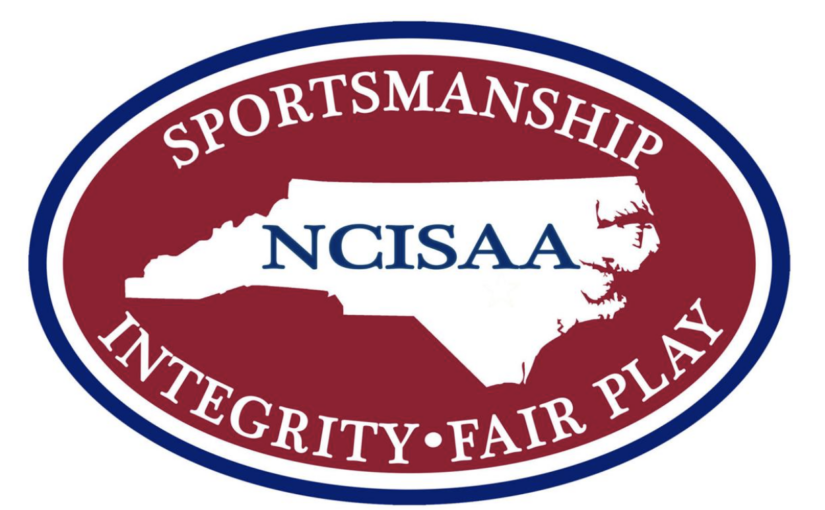Field management recordkeeping
Tips to keep your grass surfaces in top shape
Getting the most out of the fields your athletes play on means putting some time into it on the back end. Like your athletes, it’s not going to perform its best without regular conditioning.
If turf care isn’t your forte, don’t worry. A variety of professionals in your area can act as resources, and all of them have experience in the construction, care and maintenance of athletic fields. They include those with degrees in turfgrass, lawn care and horticulture as well as agronomy and more. There are landscape architects with comprehensive design knowledge in sports facilities. On the professional side, there are Certified Field Builders, Certified Sports Field Managers and many others. You can also check with your local extension service to learn about resources there.But if what you’re looking for is information on what you can do to keep your fields in good shape, here is a primer. And it starts with your tablet or notebook.
Recordkeeping is the single most important aspect of any field maintenance program. If records exist from the time the fields were built, great. If not, start now with the creation of field use data — the type and number of events, time of day, weather conditions, types of cleats used, length of event, pregame and postgame field conditions. This information serves you well if you wind up with recurring problems; you’ll be able to see if they occur in conjunction with certain sports, weather conditions or during certain times of the year.
Recordkeeping also means keeping an eye on the facilities at all times. Do a regular inspection of your fields, particularly before each practice or game. Look for player hazards such as rocks, glass or metal objects in skinned areas or in the turf, unretracted sprinkler heads, holes or burrows caused by moles, snakes or other animals and similar hazards.
After each use, look for divots or other areas where the grass is damaged by sudden starts, stops and changes in direction by players in cleated shoes. There may be areas of wear, where much action takes place. It’s easy to address these problems, and it’s something you don’t need to be an agronomist to do. Topdress the damaged area with rootzone mix and apply seed. Level the spot with the back of a garden rake, compact it lightly and water the seed in. Allow the players to cleat in the seed.
At least weekly, note any specific problems you see in the field, such as weed growth or uneven spots. Also, record each maintenance procedure — dates and rates of fertilizer, pesticide or herbicide application, coring or other cultural practices.
When you check your field’s irrigation and drainage, you are looking for three things:
√ Working fixtures. Every sprinkler head should be working and pointed in the correct direction. Nothing should be spraying off the field, onto the track, etc. Correct any problem areas, or call in a professional to do so.
√ Timers. If your sprinklers are on a timer, make sure it is working correctly. It sounds self-evident, but if the sprinklers are supposed to work at times the field is not in use, for example, it’s possible nobody knows whether they’re actually working as they should.
√ Drainage consistency. Once the water shuts off, check the drainage — not only the rate but the consistency. Are there areas of standing water? This could indicate several problems like low spots on the field, areas where the soil has become overly compacted, problems with slope or any under-field drainage system that might be present.
Recordkeeping
Here is a list of other things your records should keep track of.
√ Mowing. It’s necessary to track this. However, not everyone knows that each variety of turfgrass will have an optimum cutting height. Consult the professionals mentioned earlier in this article for recommendations for your particular variety. Your recordkeeping should include notes of how often the grass is mowed and to what height.
√ Fertilizing. Keep track of the type of fertilizer you’re using, which depends on the type of turf you have, and how often you’re applying it. Always use soil test results to plan fertilization.
√ Herbicides. What type of herbicides are being used? Note whether they are being used on the entire field or on specific areas and where those are located.
√ Pesticides. Insects and related pests are less common in sports turf than weeds, but they do occur. Your records should list what problems are occurring ad how they’re being treated.
√ Aeration. This is an essential aspect of care for sports fields. From a purely aesthetic standpoint, a field that is properly aerated on a regular basis will, over time, feel softer than one that is not aerated. Make sure you record the method of aeration and how often it is done.
√ Thatch management. How often is the field de-thatched? While it can be beneficial, you don’t want the thatch layer to get too thick. Recordkeeping should indicate the thickness of the thatch layer and when thatch management takes place.
√ Topdressing. Another important aspect of field maintenance to track is topdressing, the addition of sand, soil or porous ceramic amendments to the surface of growing turfgrass to improve the soil quality, control thatch or fill small depressions promoting safe play.
√ Overseeding. Areas of wear can be addressed by overseeding, the process of adding grass seed to an existing turfgrass base. Make sure your records indicate what areas were seeded and when.
Your inspection list should also include any structures such as bleachers, storage sheds (and the equipment inside them), concession stands and so on. If the field is fenced in, walk the fenceline and check for the security of the fence. Look for gates that drag, sagging rails, snags in the metal of the fence or bulging fence fabric. Make sure any problems are addressed.
Creating the list takes work, and it may need to be tailored for your specific facility. But when properly executed, it can help keep your facility in good repair while heading off problems before they get serious.
The American Sports Builders Association (ASBA) is a non-profit association helping designers, builders, owners, operators and users understand quality construction of many sports facilities, including sports fields. One of the ASBA’s resources is the book, “Sports Fields: A Construction & Maintenance Manual.” For more information, visit www.sportsbuilders.org.






